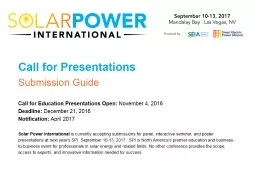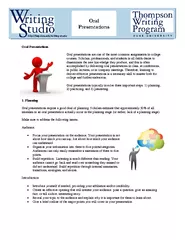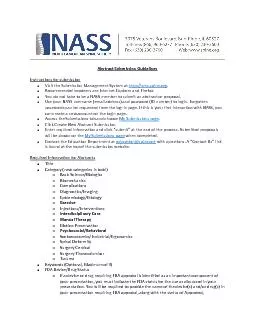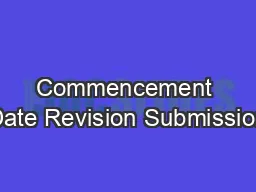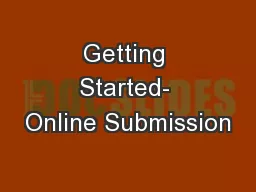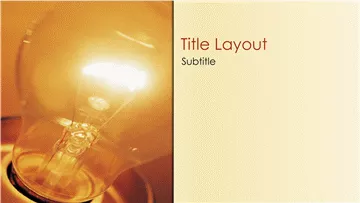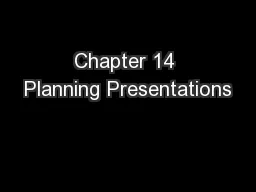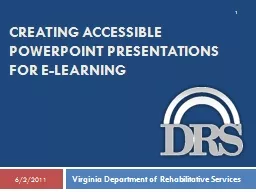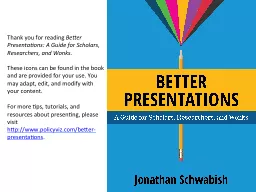PPT-Call for Presentations Submission Guide
Author : shoesxbox | Published Date : 2020-06-15
Call for Education Presentations Open November 4 2016 Deadline December 21 2016 Notification April 2017 Solar Power International is currently accepting submissions
Presentation Embed Code
Download Presentation
Download Presentation The PPT/PDF document "Call for Presentations Submission Guide" is the property of its rightful owner. Permission is granted to download and print the materials on this website for personal, non-commercial use only, and to display it on your personal computer provided you do not modify the materials and that you retain all copyright notices contained in the materials. By downloading content from our website, you accept the terms of this agreement.
Call for Presentations Submission Guide: Transcript
Download Rules Of Document
"Call for Presentations Submission Guide"The content belongs to its owner. You may download and print it for personal use, without modification, and keep all copyright notices. By downloading, you agree to these terms.
Related Documents

